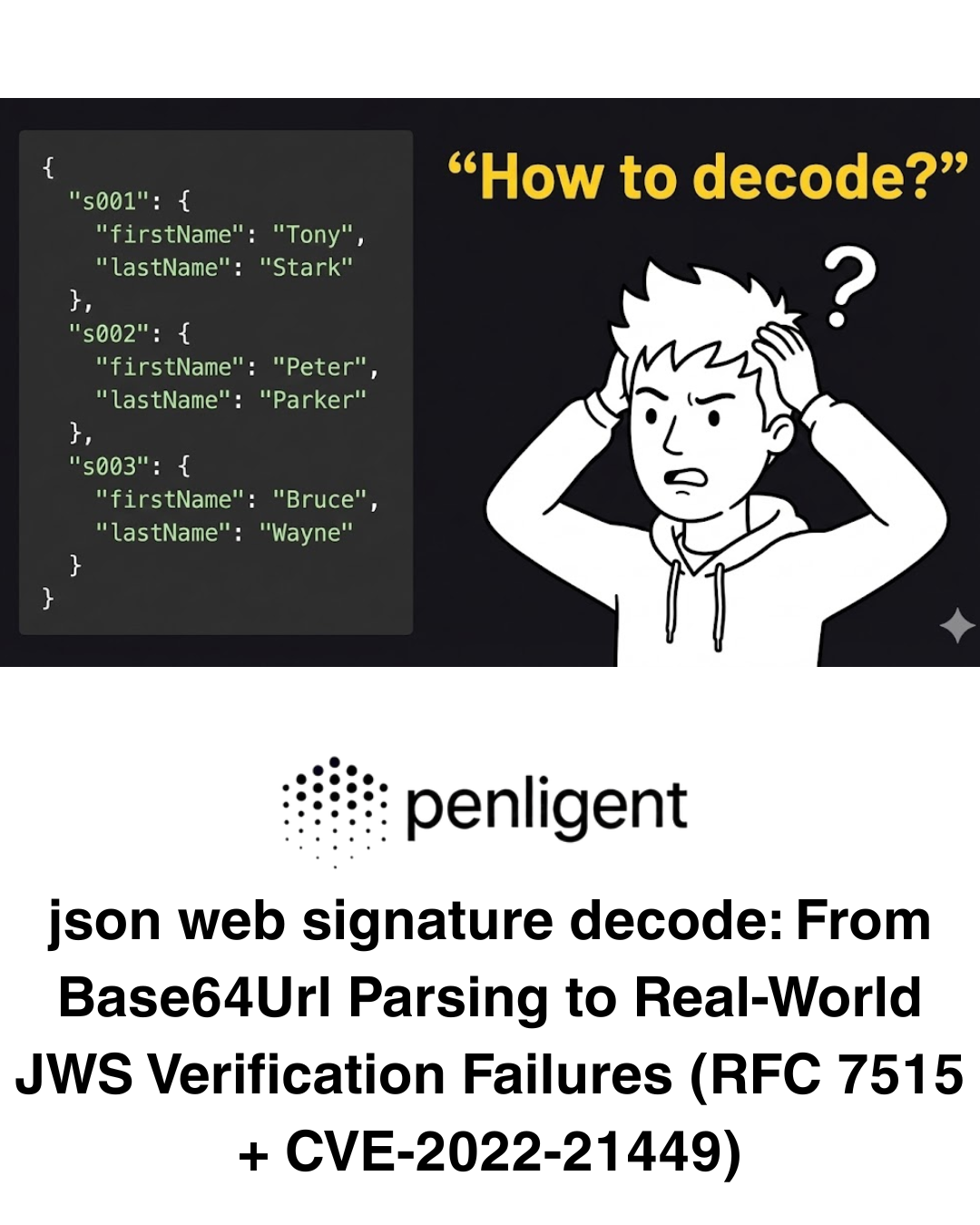XSS Cheat Sheet for Modern Security Engineers
Cross‑site scripting (XSS) remains one of the most persistent and damaging vulnerabilities in the modern web application ecosystem, eroding trust between users and the systems they depend on. In this enhanced XSS Cheat Sheet, we merge OWASP’s authoritative prevention guidelines with cutting‑edge research from both academia and industry, creating a defense strategy that is neither abstract nor generic but directly applicable to real‑world, high‑risk environments. This framework includes context‑aware encoding, robust HTML sanitization, runtime detection of DOM‑based XSS, parsing‑differential fuzzing, hardened Content Security Policy configurations, and strict supply‑chain hygiene. To meet the operational demands of today’s security professionals, we also present the design of Penligent’s one‑click XSS scanner—an automation‑driven solution capable of rapidly detecting and documenting vulnerabilities without sacrificing accuracy.

Why the XSS Cheat Sheet Matters in Modern Penetration Testing
While XSS has been recognized as a threat for decades, the accelerating shift toward complex client‑side frameworks, single‑page applications, and highly dynamic template systems constantly reshapes the attack surface, rendering traditional secure coding habits insufficient. Vulnerabilities that allow attackers to inject and execute scripts in trusted browser contexts do not merely result in stolen cookies or tokens; they can also be linked in multi‑stage exploit chains where each weakness amplifies the impact of the next. For penetration testers and security engineers working under pressure to discover and mitigate such flaws, having a XSS Cheat Sheet that reflects contemporary threat models is not simply helpful—it is an operational necessity to maintain a proactive posture in a security environment that evolves week by week.

XSS Cheat Sheet Goals: Fusing OWASP Rules with Advanced Research
The purpose of integrating OWASP’s XSS Cheat Sheet rules with advanced security research is to bridge the gap between battle‑tested best practices and novel defensive techniques that address vulnerabilities exposed by recent investigations into web application security. By positioning OWASP’s standardized principles—such as context‑specific encoding strategies and disciplined safe API usage—as the foundation, and layering on insights from modern studies in areas like runtime taint tracking for DOM‑based exploits, parsing‑differential analysis to detect sanitizer bypasses, and AI‑driven pre‑classification for performance‑optimized detection, the result is a comprehensive defense model. This synthesis not only preserves the proven reliability of the OWASP framework but also extends its capability to anticipate tomorrow’s attack vectors. For penetration testers and security engineers, the outcome is a living, adaptable reference that can be applied immediately within both manual audit processes and automated penetration testing pipelines.
Foundations in the XSS Cheat Sheet: Context‑Aware Encoding & Safe Code Practices
Building an effective XSS prevention strategy begins with uncompromising adherence to context‑aware encoding practices, ensuring that any untrusted data is transformed into a harmless representation before it ever reaches an execution or rendering environment. In realistic deployment scenarios, this requires that data destined for HTML text nodes be entity‑encoded so that browsers cannot interpret it as structural markup; attribute values must be properly quoted and escaped to prevent breaking out of their intended context; JavaScript literals must be shielded through correct string escaping; and URLs must be percent‑encoded alongside protocol whitelisting to block unexpected behaviors.
This discipline extends to the deliberate avoidance of inherently dangerous APIs such as innerHTML, document.write, and dynamic eval calls, replacing them with safer alternatives like textContent, controlled setAttribute, or the programmatic creation of DOM elements via createElement.
<html>
<head><title>Welcome</title></head>
<body>
<h1>Hello!</h1>
<div id="greeting"></div>
<script>
function getQueryParam(name) {
return new URLSearchParams(window.location.search).get(name);
}
var raw = getQueryParam("name") || "";
// Safe assignment using textContentdocument.getElementById("greeting").textContent = raw;
</script>
<p>Welcome to our site.</p>
</body>
</html>
Here, even if the query parameter contains <script> tags, they will be rendered as inert text rather than executable code.
HTML Sanitization in the XSS Cheat Sheet: Handling User‑Generated Content Safely
In scenarios where untrusted contributors are permitted to submit HTML—such as in user comments, forum posts, or WYSIWYG editors—encoding alone is insufficient, and sanitization becomes paramount. A resilient sanitization policy defines an explicit allowlist of tags, attributes, and acceptable attribute value patterns, while relying on well‑tested libraries such as DOMPurify rather than brittle regular expressions.
An additional layer of prudence is required when untrusted input influences attribute values in resource‑loading elements.
Example – Validating Dynamic Links:
function safeHref(input) {
try {
var u = new URL(input, window.location.origin);
if (u.protocol === "http:" || u.protocol === "https:") {
return u.toString();
}
} catch(e) {/* invalid URL */ }
return "#";
}
document.getElementById("mylink").href = safeHref(params.get("url"));
This ensures that only safe protocols (http: and https:) are allowed, blocking malicious schemes like javascript: and data:.
DOM XSS Detection in the Cheat Sheet: Runtime Taint Tracking Explained
DOM‑based XSS often materializes within client‑side scripts after the page has already been rendered, meaning that traditional server‑side filtering cannot reliably address it. Runtime taint tracking involves tagging untrusted data from sources such as location.search or document.referrer and monitoring its flow toward potentially dangerous sinks. Research efforts like TT‑XSS and TrustyMon have demonstrated that dynamic instrumentation, combined with careful source and sink mapping, can provide high detection accuracy with low false positive rates. The approach can be further optimized by integrating AI‑based heuristics to pre‑classify functions likely to be vulnerable, thus reducing the performance overhead of full taint tracking.
CSP in the XSS Cheat Sheet: Defense‑in‑Depth Strategies
Content Security Policy (CSP) offers a secondary layer of protection by restricting how and from where scripts can be loaded and executed. A well‑configured CSP should use nonces or hashes, apply the strict-dynamic directive, and remove unsafe-inline allowances. However, pitfalls such as nonce reuse or overly permissive directives due to legacy dependencies can reduce CSP’s effectiveness. CSP should be implemented as part of a broader, layered defense—not as a standalone substitute for proper encoding and sanitization.
Engineering Best Practices from the XSS Cheat Sheet for CI/CD Security
Embedding XSS protections into the software development lifecycle ensures they are consistently applied. This includes enforcing secure coding standards through linters such as ESLint to flag unsafe sinks, incorporating static and dynamic analysis in CI pipelines, creating unit tests that apply context‑specific payloads to verify proper encoding, and configuring monitoring systems to collect Automated Penetration Testing with the XSS Cheat Sheet: Penligent’s One‑Click Scan.
Penligent’s scanning workflow begins with crawling and rendering target applications, performing static taint analysis on source code, launching templated payload scans, and executing dynamic tests using instrumented headless browsers. It then engages runtime taint tracking, parsing‑differential fuzzing, and CSP auditing, before compiling vulnerabilities into structured reports complete with proof‑of‑concepts, severity ratings, and remediation steps. The integration of AI streamlines decision‑making across these stages, enabling faster and more consistent results.
XSS Cheat Sheet Templates: Nuclei Rules for Fast Vulnerability Discovery
Context‑aware Nuclei templates can target reflected, stored, and DOM‑based XSS vectors. Combining these payloads with automated headless browser verification helps confirm exploitability and reduce false positives, delivering higher confidence findings to security teams.

XSS Cheat Sheet Report Format: Turning Findings into Fixes
An effective report should categorize each finding by type, include reproducible proof‑of‑concepts, assign severity scores, and describe specific remediation actions. Automating parts of the report generation process helps maintain consistency while freeing time for deeper investigations.
Security Code Patterns from the XSS Cheat Sheet You Can Apply Now
Security teams can adopt patterns such as sanitized rich‑content rendering, validated dynamic URL handling, context‑specific encoding routines, and CSP enforcement policies immediately.
Example – Sanitizing HTML with DOMPurify:
import DOMPurify from 'dompurify';
function UserGreeting(props) {
const clean = DOMPurify.sanitize(
props.userContent,
{ ALLOWED_TAGS: ['b','i','u','a'], ALLOWED_ATTR: ['href'] }
);
return <div dangerouslySetInnerHTML={{ __html: clean }} />;
}
Here, only a controlled subset of tags and attributes is permitted, mitigating the risk from user‑generated HTML.
From XSS Cheat Sheet to Action: Implementing AI‑Enhanced Web Security
The XSS Cheat Sheet serves as more than a static set of rules; it represents a practical foundation for building secure web applications that can withstand evolving threats. Applying its principles within both manual audits and automated scans ensures defenses are proactive and verifiable.
Extending the XSS Cheat Sheet: Applying Penligent’s Capabilities
Maintaining strong XSS defenses is not only about understanding prevention principles, but also about embedding them into workflows that require efficiency, scalability, and precision. Penligent extends the practical value of the XSS Cheat Sheet by integrating its guidance into an AI‑assisted penetration testing process. It can interpret security tasks expressed in plain language, coordinate over 200 industry‑standard tools—from Nmap and Burp Suite to SQLmap and Nuclei—and perform the entire chain from asset discovery through vulnerability verification and prioritization. Whether the task is assessing a subdomain for potential XSS issues or preparing a compliance report, Penligent applies the strategies outlined in this guide, validates findings to reduce false positives, and provides concrete remediation advice. The results are delivered in well‑structured reports (PDF, HTML, or custom formats) that support team collaboration. By aligning automated execution with tested security principles, Penligent helps make the XSS Cheat Sheet an actionable part of day‑to‑day security operations.


